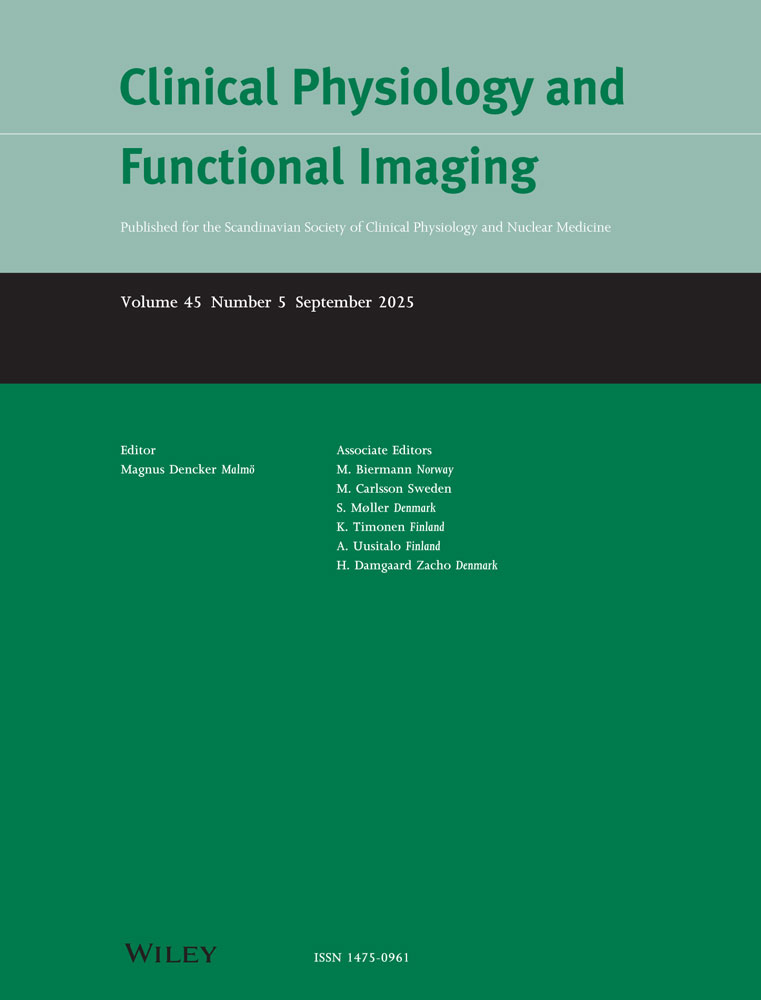Skeletal muscle fibre types and sizes in anorexia nervosa patients
Abstract
Summary. Fibre type composition and fibre areas in skeletal muscle of anorexia patients were studied on biopsies from the m. quadriceps femoris in five male and five females, whose body weight was 2–3-5 SDs less than expected from the normal weight/height relationship. In two of the males, the muscle studies were also made after rehabilitation. A higher than normal percentage of type I fibres was found in the patients (male, 62 ±12, female, 69 ±7) whereas the percentage of type IIA fibres did not differ from normal individuals (male, 38 ±12, female 24 ±15). Of note was the observation that no type IIB fibres were found and some patients had an increased occurrence of the normally rare type IIC fibres. All muscle fibres were markedly atrophied with the mean cross-sectional area of type IIA fibres being significantly smaller (male, 26-1 ±3–7, female, 21-2 ±10-3, fi.m2×10-2) than the mean area of type I fibres (male, 34-1 ±4–7, female, 35-3±7-4, (j.m2× 10-2). In the two males studied after rehabilitation (body weight increased 12 and 19 kg), mean fibre area had increased by 40%. Our results suggested that a predominant part of the reduction in body weight and lean body mass, seen in adolescent children suffering from anorexia nervosa, could be accounted for by a loss of skeletal muscle mass. In the six subjects where marker enzymes of glycolytic (TPDH, LDH) and mitochondrial pathways (CS, HAD) were assayed, the former were 50% and the latter 10–20% below sedentary controls. Maximal oxygen uptake was only 35 (males) and 29 (females) ml/kg min-1; this contrasted with the physical activity pattern of these patients, yet was in line with their small muscle mass with its low oxidative potential.




